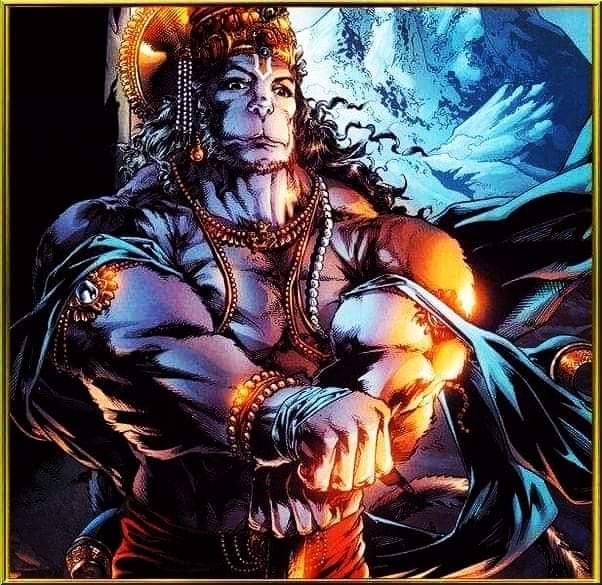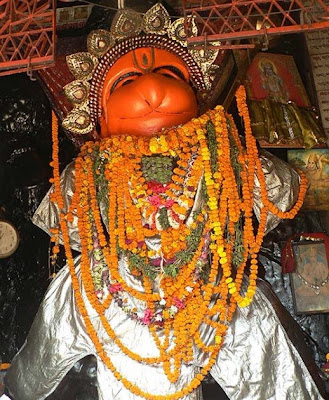Hinduism and Democracy: A Comparison by Ashok M. Kuber, PhD Source: www.prlog.org
May 10, 2010 – The basic principles of democracy were embedded in Indian Civilizations and its religions long before they occurred in the West. Democracy in Europe was born in people’s struggle against Church and ruthless rulers. Democracy is not limited to elections and majority rule. More importantly, democracy involves freedom of expression and liberty – along with equal opportunities and protection of all minorities. Throughout history, religions of Indian origin have imbedded these principles in their belief.
Hindu scriptures, Vedas, are a collection of teachings from over many thousand years. Hinduism allows followers to interpret scriptures according to the current times.
Dogmatic interpretation and its forceful execution are not a part of Hinduism, as it has been with Islam and Christianity. These religions often ignore the basic teachings of their founders.
Hinduism does not seek converts. No forceful or violent conversion, no religious wars with Christians, Jews, Jains, Sikhs, Buddhists, atheists occurred until Islam came to India . You can become Hindu by your own free will by accepting Bhagavad-Gita, essence of Vedas spoken by Lord Krishna as a final authority. The mythology of Purana or the great epics Ramayana or Mahabharata explain the Vedas to common people in a simple way. Numerous sects of Hinduism co-exist peacefully under the supreme guidance from the Vedas.
Hinduism offers lots of freedom to operate. An individual decides his Guru, and follows him or her. When many devotees come together a sect is formed. Like democracy, the people select a leader. Sects come and go like political parties in a dynamic democracy.
Often, those of other faiths portray Hinduism as a religion of confusion. It is like communist or a dictator might consider democracy as a confused state where the news media, congressmen, senators, the president and scholars challenges each other dramatically and sometimes unreasonably. Like American democracy, where challenging a President or burning a flag is tolerated - Hinduism tolerates challenges. Contrast to Hinduism, Christianity and Islam offer very limited freedom and tolerance for other faiths.
According to Hinduism, there are different paths to reach God, just like there are many ways to reach the top of the mountain. As you go higher, differences between them are reduced. Anyone who believes that his is the only way to reach God is full of ignorance just like a frog in a well unable to comprehend the outside world. Bhagavad-Gita suggests the following Yogas to reach God: Knowledge, Devotion, Meditation, and Karma. Karma Yoga is pure selfless service. Missionary service is not Karma Yoga, as missionaries hope to convert people to their faith and thus expand their power base to reestablish domination of the church which will ultimately curtail democracy.
Vedas means knowledge. It is not only religious rituals with chanting of hymns, but it includes philosophy, astronomy, mathematics, medicine, and grammar. When philosophy is the origin of religion, it permits freedom of speech and thought, and acknowledges Atheism. Just like democracy, Hinduism accepts Atheists as equal citizens.
About 2300 years ago India peacefully became predominantly Buddhist during the Maurya Empire. During that period, Takshila University was the center of learning Hinduism, Jainism and Buddhism and Atheism. Also, Nalanda University was formed 2000 years ago with its 10,000 students and 1500 teachers. In the 8th century Hindu Guru Shankracharya debated one to one Hindu, Jain, Buddhist and Atheist women and men gurus who upon defeat accepted his synthesis of Vedic metaphysics philosophy and India became again predominantly Hindu.
According to Hindu philosophy there is one GOD, an eternal, formless, supreme, all pervading spirit. Observed multiplicity in the Universe is just like the waves in the ocean - they come and go. Waves are nothing but sea water which is the only essence, just as the supreme spirit is the only essence (the underlying reality). As a Hindu, one is free to worship a formless GOD in any form and name one wish. As you progress spiritually, you will realize the absolute invisible all pervading supreme spirit. No one is between you and GOD. Religion and the holy man just give you the direction, but they are not the end. This assures individual freedom and discourages dictatorial control with its abuses.
Ridicule of the caste system in Hinduism by others is extremely overdone. Critics must look at their own history of religious wars, bloody conversion and annihilation of natives in occupied lands. The caste system was a class system not by birth but by profession: Labor, Merchants, Ruler (warriors) and Brahmin (teachers and preachers). The King and his ministers collectively ruled the kingdom according to very strict ethic rules given in the Vedas which protect freedom and liberty. Brahmins were mainly teachers until the later part of the Buddhist period (6 A.D.), when they started temples and idol worshipping and were mainly involved in the religious rituals. At about that time, they became Brahmins by birth in order to protect their livelihood. Movement between other classes was more or less free.
Chanakya of Takshila University, who contributed economics in the Vedas, uprooted the Greek Alexander's rule from India and established the Maurya Empire by appointing his student, who was born in the labor class, as a king. The great sages, who wrote the most important Hindu scriptures Puranas, Mahabharata and Ramayana, were born in the labor class!
The caste system already coexisted and there were no real conflict between the groups. Untouchability is often misunderstood and Hinduism has nothing to do with it. Untouchables were outclass persons who had committed crimes. In other civilizations, criminals and their family were killed. In India , they were put out of society and given cleaning jobs. Unfortunately, their families remained untouchables for subsequent generations. The efforts of Hindu reformers and the civil rights laws have brought the untouchables back into society - resulting in the election of an untouchable as President of India in 1997.
In AD 52, the apostle St. Thomas came to South India . His followers known as Syrian Christians were free to practice their apostolic faith. However, during the Portuguese colonial rule, the Catholic Church forcefully absorbed them. Next the British rule came and the Protestant Church ruled them. After India became independent, the followers reestablished the Syrian Christian Church of India free from European control. When Jews and Zoroastrians (Parsis) came to India to escape persecution, they were given shelter and were free to practice their faith. Contributions of these relatively miniscule minorities to India have been immense, and their success in every aspect of life is striking. In India non Hindus including Christians and Muslims have occupied many top positions including president and prime minister without a single threat of violence against them from the 80% majority Hindus.
Recently, America broke the racial barrier by electing the first black president. Even though there is freedom to practice any religion in western nations, most of them have Christianity as a state religion. US constitution states only separation between state and church. In reality, USA is not a secular nation. America and the West have a long way to go to break the religious barriers in order to catch up with India . For Islamic democratic countries, even separation of state and religion is a mere dream. A real democracy requires secularism in practice and India is the only major nation who can claim this. The credit goes to Hinduism.
The author is thankful to Dr. Dilip Amin and Mr. Sam Barnabas for valuable suggestions.
Ashok M. Kuber, PhD
Lansdale, PA







+Hanumanji+in+south+Tamil+Nadu.jpg)










